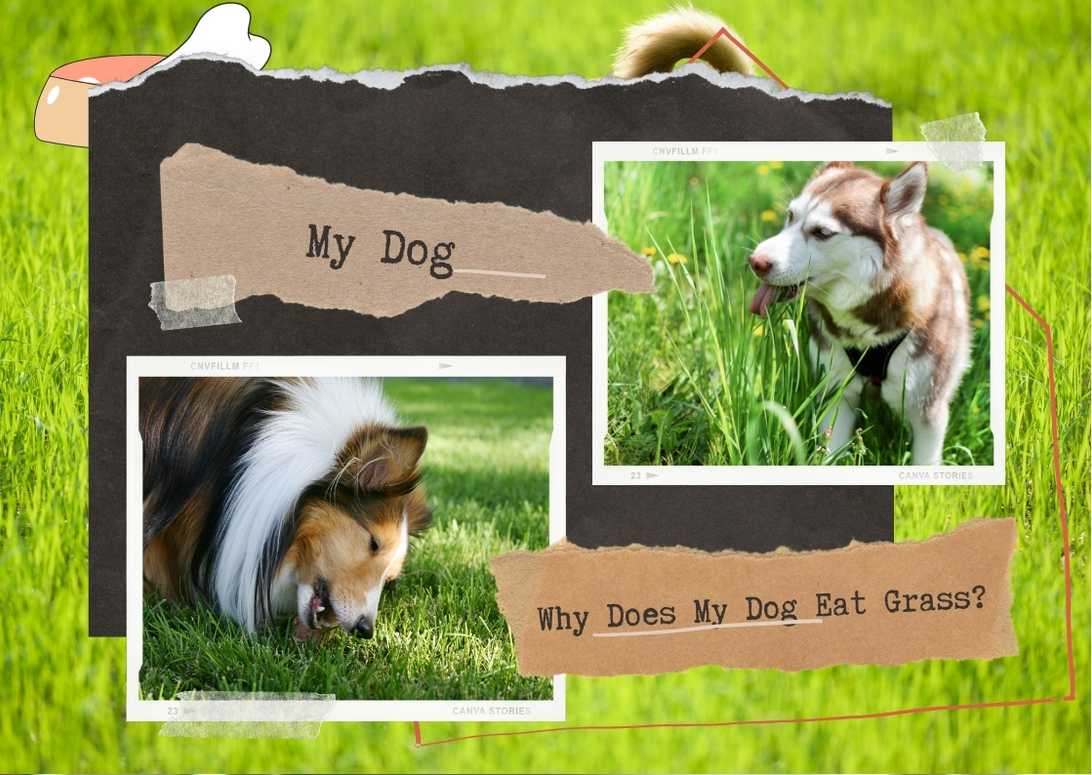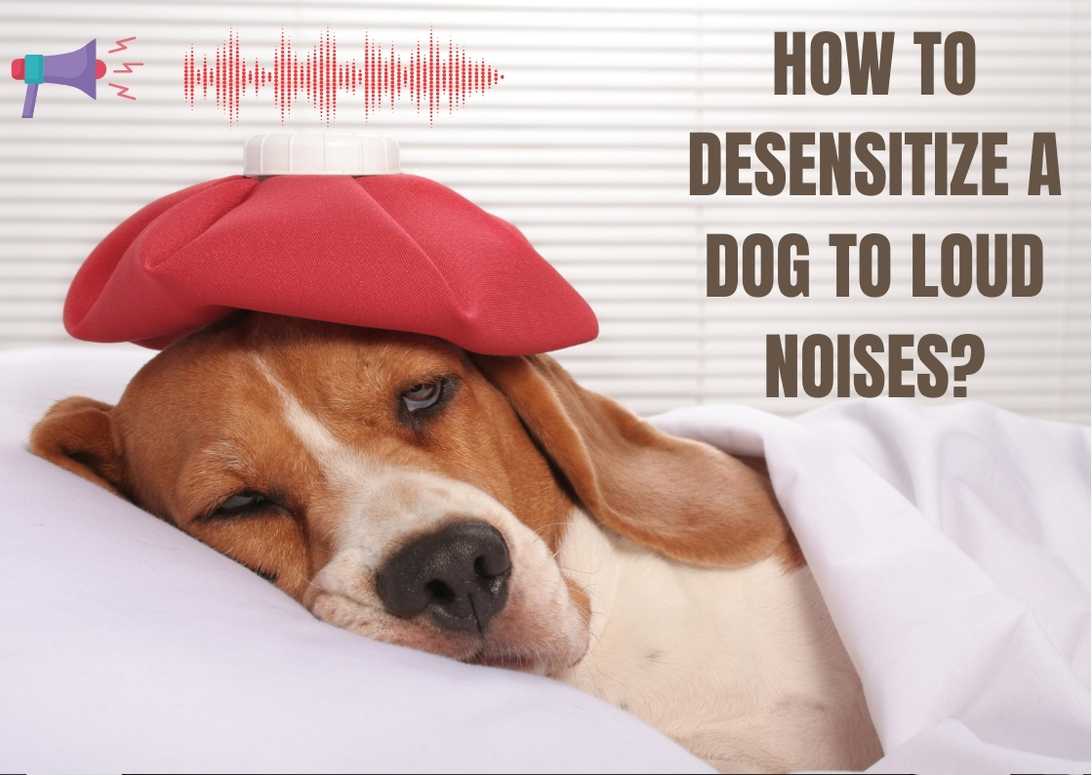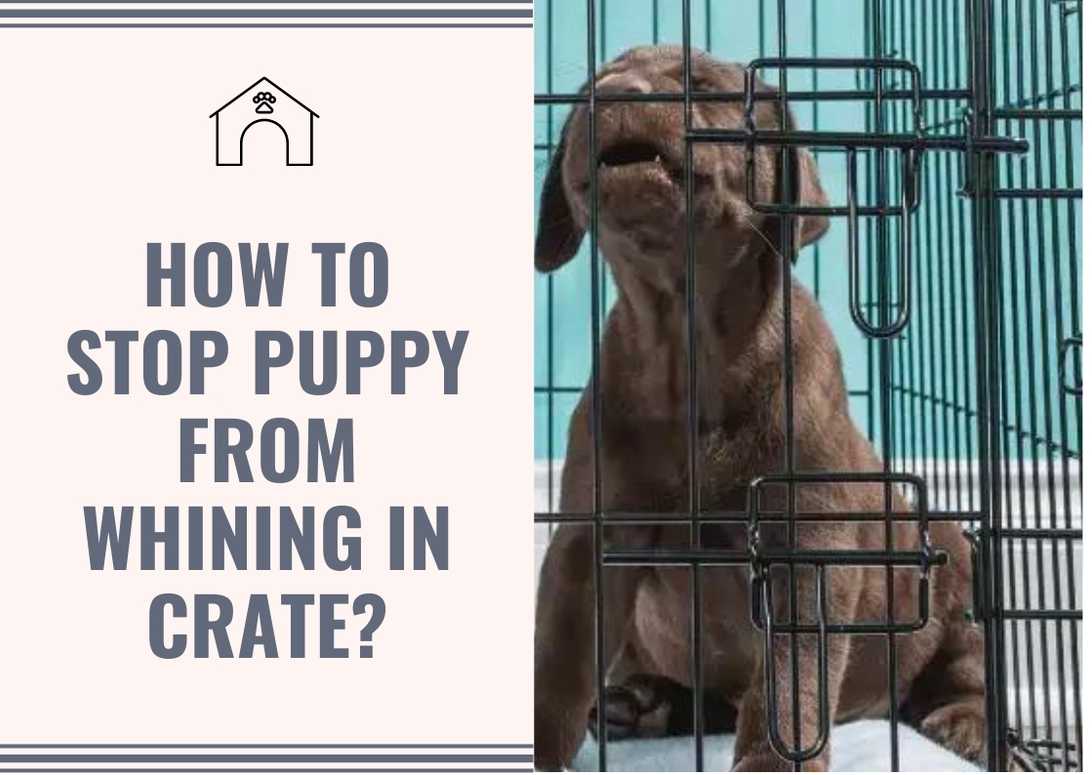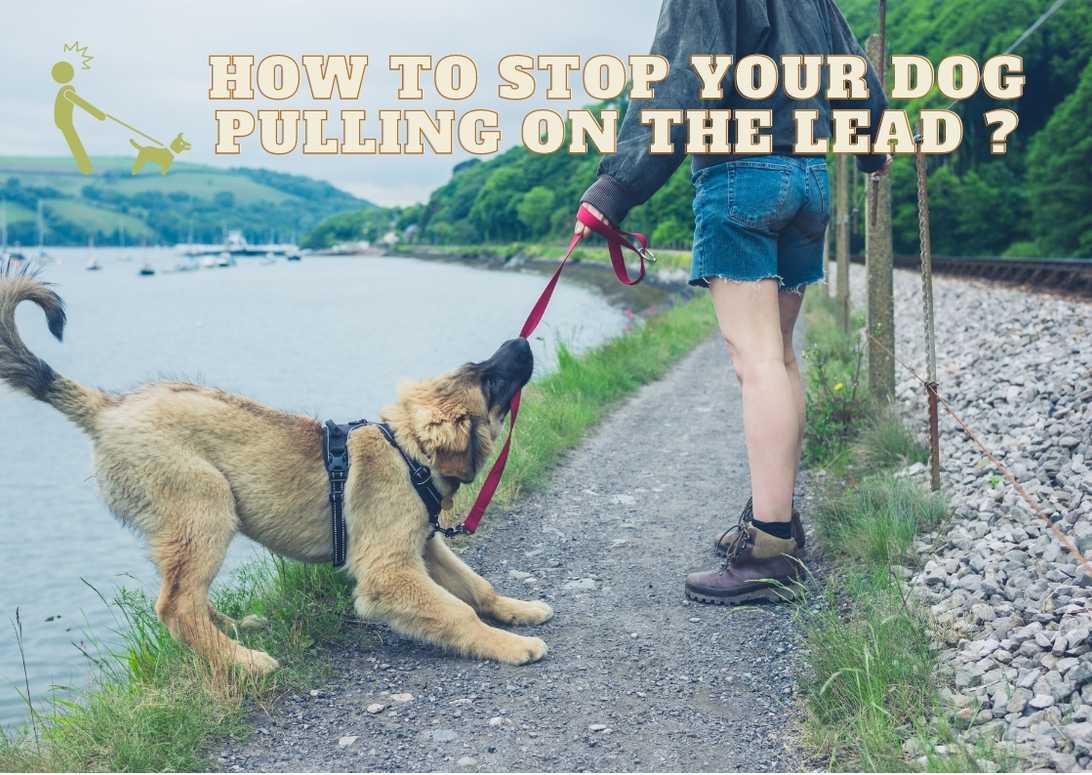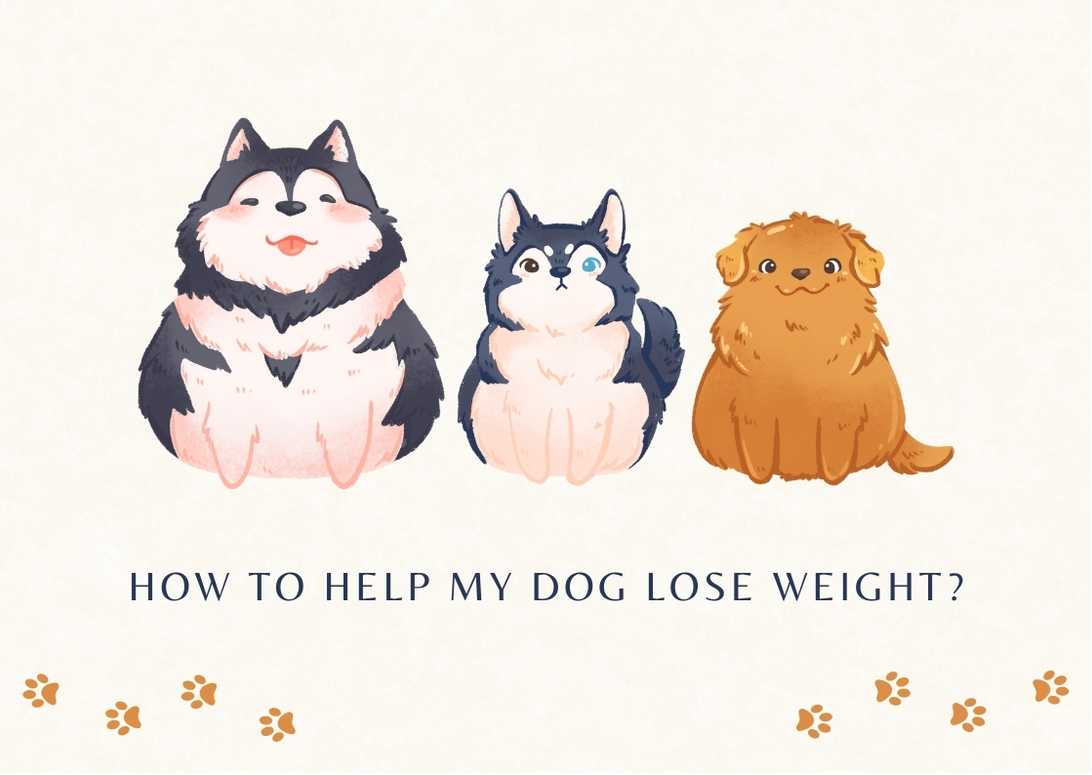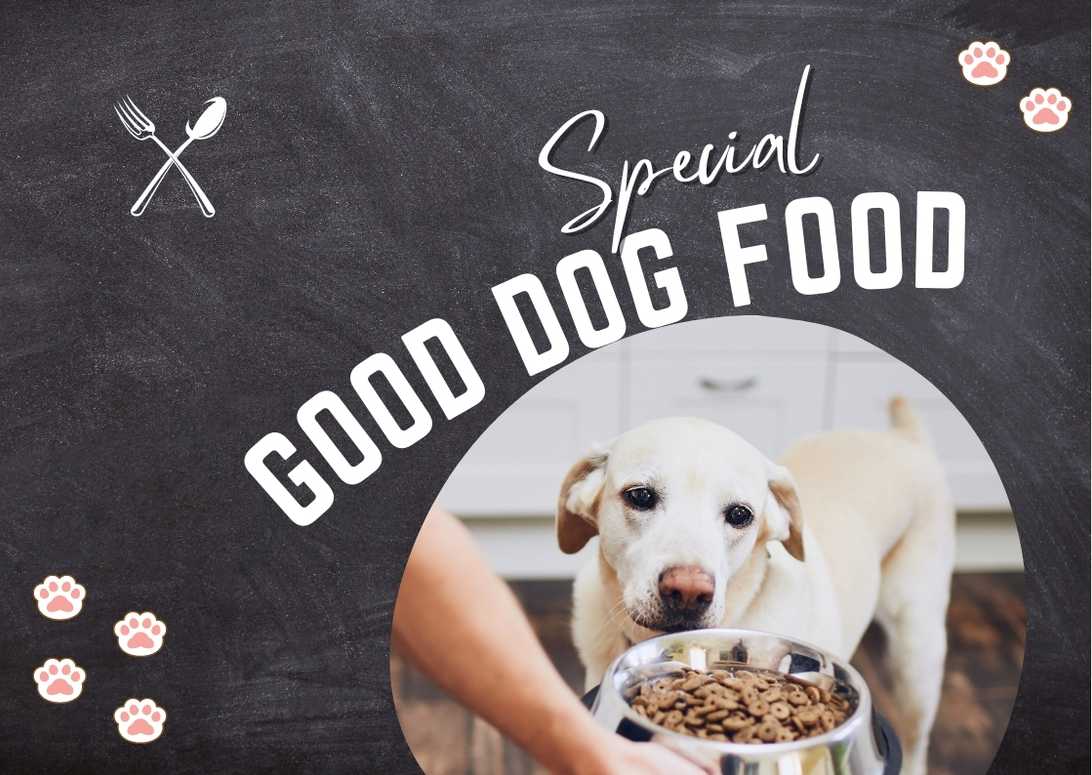Best Way To House Train A Puppy
House training a puppy can be quite the adventure, but with the right approach and a little bit of patience, it can be a rewarding experience for both you and your furry friend.
As a proud dog owner myself, I understand the importance of creating a loving and clean environment for our pets. That’s why I want to share with you the best way to house train a puppy, starting from square one.
In this article, we will explore step-by-step how to house train your puppy effectively. We’ll discuss how to assess your control abilities and create consistency in your training routine. We’ll also dive into the power of positive reinforcement and how it can shape good habits in your pup.
Additionally, we’ll talk about building a loving relationship with your furry companion throughout the house training process. By following these guidelines, you’ll be well on your way to successfully house training your puppy and creating an environment where both you and your pet can thrive.
So let’s get started!
Important Points
- Crate training is an effective first step in house training a puppy.
- Consistency and a regular schedule for potty breaks are important.
- Implementing a reward system with treats and praise helps instill good habits.
- Positive reinforcement techniques, such as consistently praising and rewarding good behavior, deepen the bond and help establish clear communication and expectations.
Steps to Follow
Now, let’s take a step-by-step journey together to house train your puppy and create a harmonious living space for both of you.
The first step in house training your puppy is crate training. A crate provides a safe and comfortable space for your puppy when you can’t directly supervise them. Introduce the crate gradually by placing treats and toys inside, allowing your puppy to explore at their own pace. Once they’re comfortable going in and out of the crate, start using it for short periods of time while you’re home. This’ll help them associate the crate with positive experiences.
The next step is potty training. Take your puppy outside frequently, especially after meals, naps, and playtime. Choose a designated bathroom spot in your yard and consistently take them there to do their business. Use a specific verbal cue or command such as “go potty”to help them understand what’s expected of them. When they eliminate in the appropriate spot, reward them with praise or treats to reinforce this behavior.
Establishing a routine is crucial for successful house training. Feed your puppy at regular times throughout the day and take them outside immediately after each meal to encourage timely elimination. Create a consistent schedule for walks and playtime as well.
Preventing accidents is an important aspect of house training. Supervise your puppy closely indoors and watch for signs that they need to go potty, such as sniffing or circling around. If you catch them in the act of having an accident, calmly interrupt them by saying “no”or making a noise to get their attention, then quickly take them outside.
By following these steps, you can effectively house train your puppy using reward-based training methods that promote positive behaviors while preventing accidents indoors seamlessly into assessing how well they can control their bladder and bowel movements without writing ‘step’.
Assess Control Abilities
Evaluate the extent of your furry friend’s command capabilities. This step is crucial in assessing control progress and determining which training techniques will work best for your puppy.
Take note of how well your puppy responds to basic commands such as sit, stay, and come. This will give you an idea of their level of obedience and how receptive they are to learning new things.
Additionally, observe if your puppy has any difficulties controlling their bladder or bowels. Managing accidents is an important aspect of house training, so understanding their current abilities in this area is essential.
To assist with the training process, it’s important to have a clear plan in place. Create a schedule for feeding and bathroom breaks to establish a routine that works for both you and your pup.
When accidents do happen, remain calm and clean up the mess promptly without scolding or punishing them. Instead, focus on using rewards and praise when they successfully go outside or use their designated potty area indoors. Positive reinforcement goes a long way in reinforcing good behavior.
While assessing control abilities may reveal some challenges along the way, remember that consistency and patience are key components of successful house training. By providing clear expectations, consistent routines, and positive reinforcement, you can help your puppy develop good habits over time without getting frustrated with any troubleshooting difficulties that may arise.
Consistency and Patience
Developing consistent routines and maintaining patience are essential in instilling good habits and fostering a strong bond with your furry companion. When house training a puppy, it’s important to establish a routine that includes regular feeding times, potty breaks, and playtime. By consistently following this schedule, you can help your puppy understand when and where they should eliminate.
Setting boundaries is also crucial during the house training process. This involves designating specific areas where your puppy is allowed to go potty and restricting access to other parts of the house until they’re fully trained.
In addition to consistency, patience plays a vital role in house training your puppy. It takes time for them to grasp the concept of potty training and learn where it’s appropriate to eliminate. Accidents may happen along the way, but it’s important not to get frustrated or scold your puppy. Instead, remain calm and redirect them to the designated potty area if you catch them in the act.
Implementing a reward system can also be effective in reinforcing desired behaviors. Positive reinforcement, such as treats or praise when your puppy eliminates in the correct spot, helps them understand what behavior is expected of them.
By focusing on consistency, setting boundaries, implementing a reward system, and maintaining patience throughout the house training process, you can build trust with your puppy while teaching them proper potty training etiquette. Transitioning into positive reinforcement will further enhance their understanding of what’s expected from them during this crucial stage of their development without causing confusion or stress for both you and your furry friend.
Positive Reinforcement
To effectively instill good habits in your furry companion, you can deepen your bond by implementing positive reinforcement techniques during the house training process. Training techniques that focus on positive reinforcement involve rewarding and praising your puppy for exhibiting desired behaviors. This can be done through the use of rewards and treats, such as giving them a small treat or verbal praise every time they successfully go potty outside or use their designated spot indoors.
In addition to rewards and treats, establishing a consistent house training schedule is crucial. This means taking your puppy outside or to their designated potty area at regular intervals throughout the day, especially after meals, playtime, and naps. By following a set routine, your puppy will learn when it’s time to go potty and develop good habits.
Crate training can also be an effective tool in house training your puppy. Dogs naturally have an instinct to keep their living space clean, so by providing them with a crate that’s just big enough for them to comfortably stand up and turn around in, you’re encouraging them to hold their bladder until they are let outside. Remember not to leave your puppy in the crate for extended periods of time as this could lead to accidents.
By incorporating these positive reinforcement techniques, establishing a consistent schedule, and utilizing crate training methods, you can effectively house train your puppy. Instilling good habits early on will not only make life easier for both you and your furry friend but also help create a loving and trusting relationship between you both without needing to write ‘step’.
Instilling Good Habits
One interesting statistic is that puppies who are consistently praised and rewarded for good behavior are more likely to develop positive habits.
When it comes to house training a puppy, instilling good habits is crucial. One effective way to do this is through crate training and potty training. By providing a designated space for your puppy, such as a crate, you can establish a routine and help them learn to hold their bladder until it’s time to go outside. Consistency is key in this process, so make sure you stick to a regular schedule for bathroom breaks.
In addition to crate training, using a reward system can greatly aid in instilling good habits. Whenever your puppy successfully goes potty outside, be sure to praise and reward them with treats or verbal affirmations. This positive reinforcement helps them associate going outside with something enjoyable, encouraging them to continue the behavior. It’s also important to prevent accidents by closely monitoring your puppy’s behavior and taking them outside frequently, especially after meals or naps.
By implementing these strategies of crate training, potty training, schedule consistency, reward system, and accident prevention, you can help your puppy develop positive habits when it comes to house training. Building a loving relationship with your furry friend is the ultimate goal of this process because it fosters trust and strengthens the bond between you two.
Building a Loving Relationship
After instilling good habits in my puppy, the next step in building a loving relationship is to focus on effective communication and bonding activities.
It’s crucial to establish clear lines of communication with my furry friend so that we can understand each other’s needs and expectations. By using positive reinforcement techniques such as rewarding good behavior and redirecting unwanted behavior, I can effectively communicate what’s acceptable and what isn’t. This will help create a strong bond between us based on trust and mutual understanding.
Bonding activities are also essential for building a loving relationship with my puppy. Spending quality time together through playtime, walks, or even training sessions not only strengthens our connection but also helps me understand my puppy’s personality better. These activities allow us to have fun together while creating positive associations with each other. Additionally, engaging in trust-building exercises such as handling exercises or gentle grooming sessions can help my puppy feel more comfortable and secure in our relationship.
Understanding body language is another important aspect of building a loving relationship during house training. By observing my puppy’s body language cues, such as a wagging tail or relaxed posture, I can better gauge their emotions and respond accordingly. This helps me ensure that I’m meeting their needs and providing them with a safe and nurturing environment.
Establishing a routine is the final piece of the puzzle when it comes to building a loving relationship during house training. Dogs thrive on consistency, so having set feeding times, regular potty breaks, and consistent exercise schedules helps create stability for both of us. This routine not only aids in successful house training but also reinforces our bond by providing structure and predictability.
With these effective communication strategies, bonding activities, trust-building exercises, understanding of body language, and established routines in place after instilling good habits in my puppy, we’re well on our way to achieving the ultimate goal of house training: instilling good habits while building a loving relationship based on trust and understanding.
Goal of House Training
Imagine the joy of having a well-behaved furry companion who understands your expectations and lives harmoniously in your home. As a puppy parent, my goal in house training is to build trust with my little one while establishing a routine that prevents accidents inside the house.
One effective method I’ve found is crate training. By using a crate, I create a safe and cozy space for my puppy to rest and sleep. It also helps me control his access to different areas of the house, making it easier to supervise him and prevent any unwanted accidents.
In addition to crate training, I believe in using reward-based training methods. Positive reinforcement plays a crucial role in teaching my puppy good habits. Whenever he successfully goes potty outside or follows a command, I make sure to praise him enthusiastically and offer treats or playtime as rewards. This not only strengthens our bond but also motivates him to repeat these behaviors in the future.
Establishing a routine is another key aspect of successful house training. By taking my puppy outside at consistent times throughout the day, such as after meals or naps, I help him understand when and where he should go potty. Consistency is key here, as it helps him develop bladder control and reinforces the desired behavior.
Overall, building trust with my puppy through crate training, utilizing reward-based techniques, and establishing a consistent routine has proven to be an effective way to house train him. With patience and dedication on both our parts, we’re creating a loving relationship based on understanding and positive reinforcement.
Frequently Asked Questions
How long does it typically take to fully house train a puppy?
House training a puppy can take anywhere from a few weeks to several months, depending on the dog’s age and breed. Consistency and patience are key in this process. Effective methods, such as crate training, can help overcome challenges. Positive reinforcement is essential for building good habits.
What are some common mistakes to avoid when house training a puppy?
When house training a puppy, it’s important to avoid common mistakes such as punishing accidents, inconsistent training methods, and not using positive reinforcement. Effective methods include crate training and maintaining consistency in training routines.
Can I use pee pads or newspaper as an alternative to outdoor potty training?
Yes, you can use pee pads or newspaper as an alternative to outdoor potty training. The advantages are convenience and cleanliness, but it may confuse the puppy when transitioning to outdoors. Consistency is key for successful indoor potty training.
Should I punish my puppy for accidents in the house?
No, punishing a puppy for accidents in the house is not recommended. It’s important to use positive reinforcement techniques, be consistent in training, establish a regular potty schedule, utilize crate training effectively, and seek professional help if needed.
Are there any specific breeds that are easier or more difficult to house train?
Breed specific challenges can affect house training success. Different breeds may require different training methods. Stubborn breeds need patience and consistent positive reinforcement. Common misconceptions about certain breeds can hinder their progress.
Conclusion
In conclusion, folks, let me tell you, house training a puppy is like navigating a minefield with a blindfold on. It’s a wild ride filled with pee stains and chewed up shoes. But fear not! With the right approach and an endless supply of patience, you can conquer this Everest-like challenge.
Remember, it’s all about control. And I’m not talking about controlling your temper when yet another accident happens on your brand-new carpet. No, I mean assessing your own abilities to maintain order in the chaos that is puppyhood. If you can handle the never-ending messes and constant supervision without losing your sanity, then congratulations! You’re ready for this adventure.
Consistency is key, my friends. You must be as unwavering as the North Star in your efforts to teach those little furballs where they should do their business. And let’s not forget about patience – oh boy, you’ll need heaps of it! Just when you think they’ve got it figured out, they’ll surprise you with another puddle on your freshly mopped floor.
But hey, don’t despair! Positive reinforcement is here to save the day. Shower them with treats and praise every time they get it right – because who doesn’t love bribery? Soon enough, those adorable balls of fluff will associate doing their business outside with all things good and tasty.
Now comes the fun part: instilling good habits. This means creating a routine that even a Swiss watch would envy. Take them outside at regular intervals and watch them sniff around like detectives searching for clues (or maybe just trying to find that perfect spot).
And finally folks, building a loving relationship is what it’s all about – besides saving your carpets from certain destruction. Embrace their adorable antics and snuggle sessions while secretly dreaming of hardwood floors throughout your home.
So there you have it – the best way to house train a puppy summed up in a nutshell. It’s a bumpy ride, my friends, but one that will lead to a cleaner home and an unbreakable bond with your four-legged companion. Good luck, and may the puppy gods be ever in your favor!


